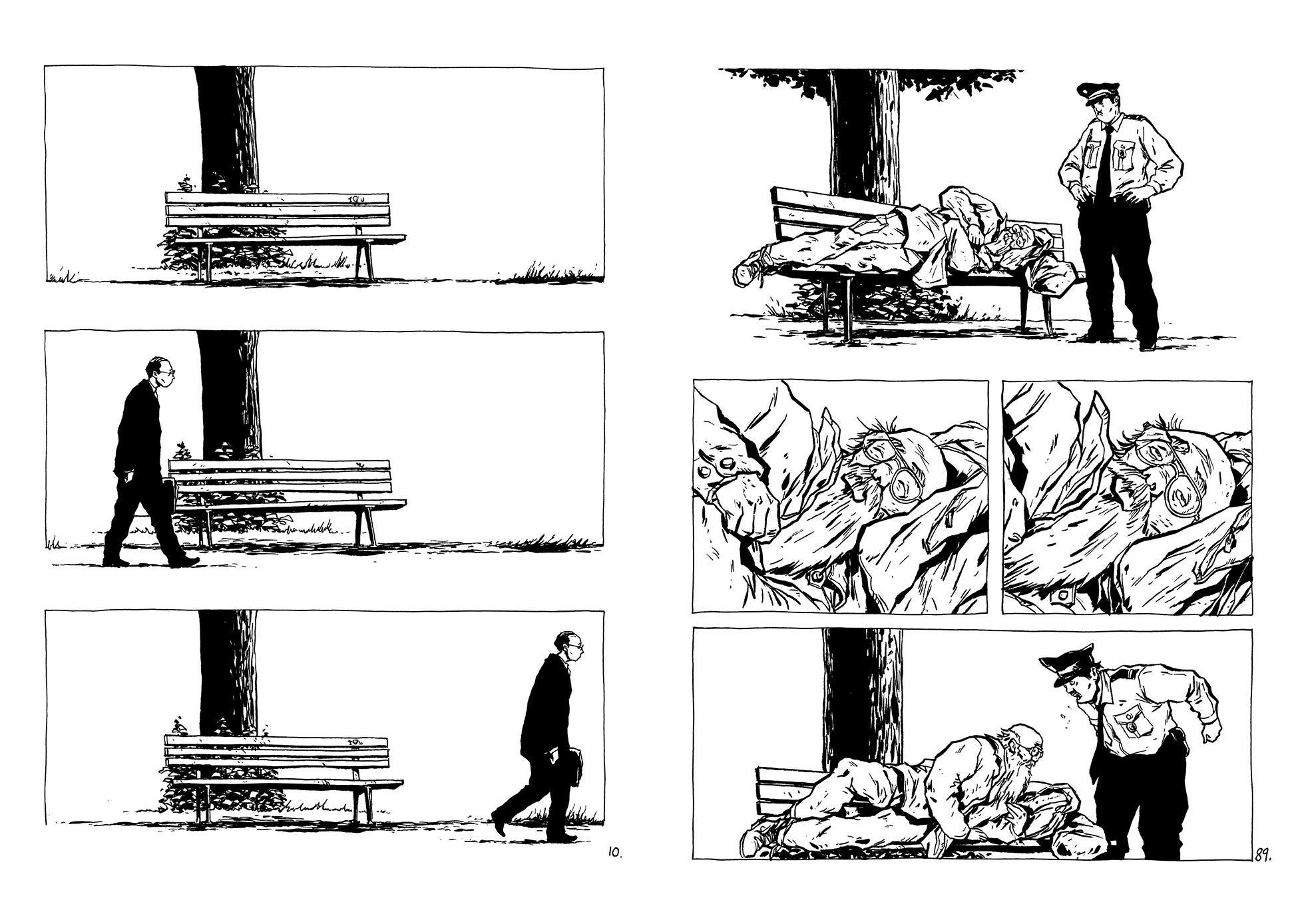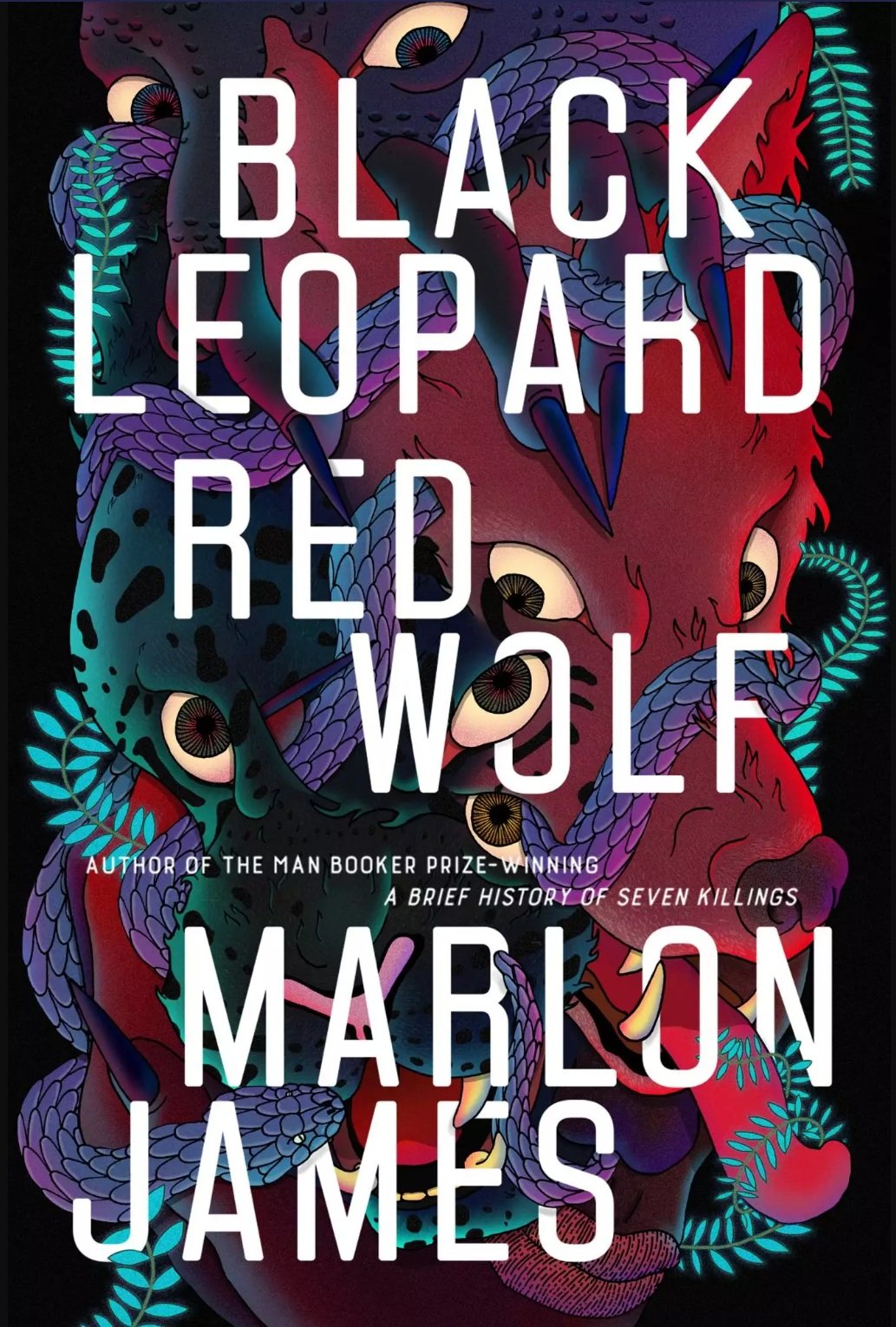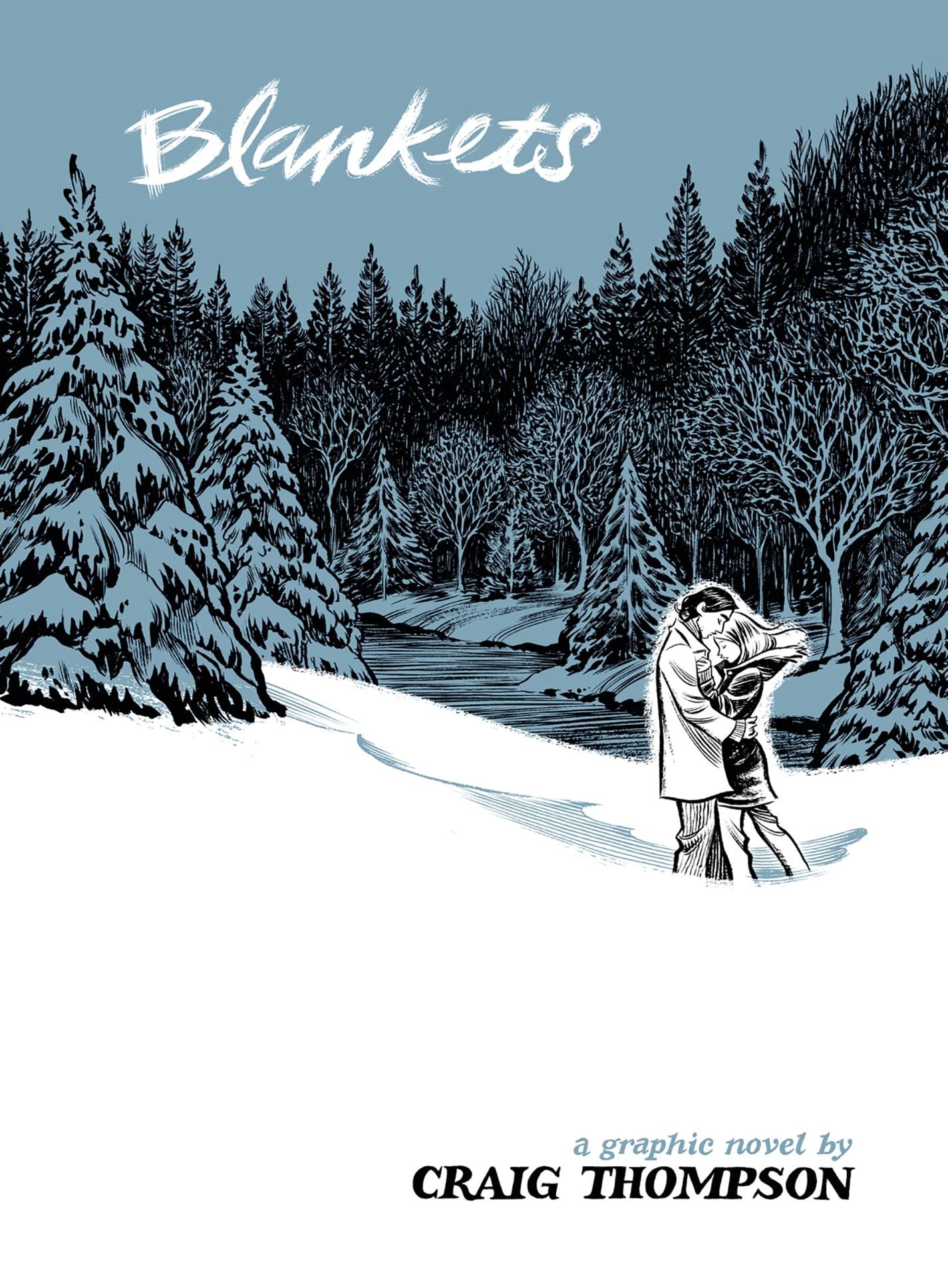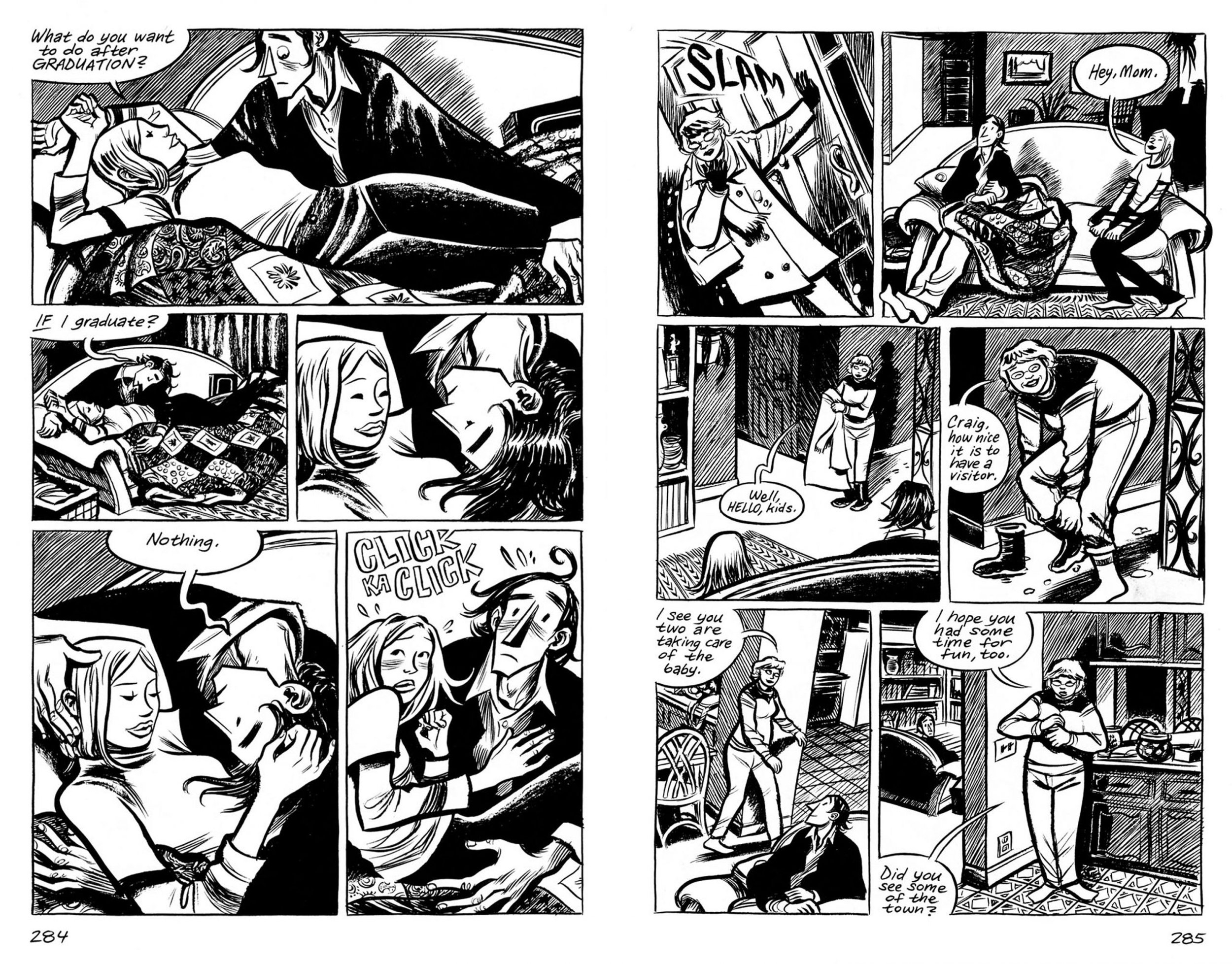Maybe it’s the fact that the weather is still cold and I’m indoors a lot or that I feel the energy of oncoming spring in my bones, but whatever the reason, I read a lot this month.
I finished all but one of the library books I took out and charged through some audiobooks (most also from the library - always good to have the motivation of a return date!).
Hope my reads can inspire some of your reads!
The Park Bench by Christophe Chabouté ⭐⭐⭐⭐
Told entirely through illustration, this graphic novel creates a visual narrative of all the various people, events, and lives that a bench interacts with over the course of its existence in a public park. What seems to be random people passing by every day eventually transforms into life stories. I really admired how Chabouté was able to communicate so much through so little. It’s nice to see, through the removal of a language barrier, how some things that can be universally emoted.
Black Leopard, Red Wolf by Marlon James ⭐⭐⭐
The first book in the Dark Star trilogy, Black Leopard, Red Wolf follows Tracker as he is hired to locate a missing and mysterious boy. Heavily inspired by African mythology, it has the chaos, mischief, and darkness of The Odyssey. The language is masterful, managing to sidestep the bald exposition much other fantasy falls prey to when world building, and the characters are nuanced enough that you’re not even sure who’s the hero and who’s the villain half the time. My only issue is with the structure. Perhaps audiobook isn’t the best format to read Marlon’s work (my first ever audiobook was his A Brief History of Seven Killings and it put me off the medium for nearly a year), because while events are often told with high-definition clarity, the way they’re sewn together is so jagged that it feels like all corners no seams. Perhaps a second read would cinch it in a more satisfying way. For the first time though, relax your mind and let the story happen at you.
Trigger warnings: Slavery, violence, murder, child death, sexual assault.
Touiller le miso by Florent Chavouet ⭐⭐⭐⭐⭐
I’ve been a huge fan of Chavouet’s work since finding Manebeshima at an airport bookshop (it was beautiful enough that I bought it even though my backpack was already severely overweight). Touiller le miso is a visual memoir of two trips he took to Japan combined with whimsical and contemplative haikus. His art is hugely inspirational to me, especially for my own travel illustrations, and I simply can’t say enough good things. The patina of his coloured pencils capture nostalgia while his highly refined techniques capture a heightened realism that I can’t even understand but admire greatly. I took this out at the library, but I think I’m going to have to get myself a copy because this will live in my head as a major influence from now on.
Dinosaurs by Lydia Millet ⭐⭐⭐⭐
After the dramatic fireworks of Black Leopard, Red Wolf, I wanted something a little more calm. I bought this audiobook when it was on sale solely for its title and its cover, but I ended up loving it despite its unusual narrative style - namely the fact that there’s basically no conflict. I’ve thought a lot about how Millet is able to pull off an engaging story despite that, and I think it’s because of the tension between the protagonists sitting in a calm eddy while a world of violence and grief whirls around them. The power of their community makes them grateful for this peace - and ultimately it becomes a commentary on the choice to avoid drama for the sake of maintaining a good, though maybe not perfect, life.
L’humain written by Diego Agrimbau & illustrated by Lucas Varela (French transation by Christilla Vasserot) ⭐⭐⭐
Set in the far future L’humain follows a robot helper who tries to mitigate the actions of its increasingly unstable human master as he sets about trying to colonize a planet. I picked up this graphic novel because of the striking art and wasn’t disappointed by the visual world building at all. I’m a huge sucker for reimagined evolutionary trajectories of fauna and flora - and was pleasantly surprised by how much the story evolved too. While certain plot points were predictable, the consequences weren’t, resulting in a narrative that branched into unique directions. My main criticism is that I wasn’t sure what kind of audience this was for. A lot of the story felt like it was directed towards the 9-12 age group, but some events ventured into very dark territory. I would have liked it to commit to either side and either keep it simple or lean into the darkness. Still, if you’re looking for a dystopian sci-fi graphic novel set in a jungle with robots, it might be worth checking out.
How to be an Antiracist by Ibram X. Kendi ⭐⭐⭐⭐⭐
As the title suggests, Ibram X. Kendi weaves together anecdotes from his own life with critical race theory to create an excellent introduction to the topic. I’ve seen this book recommended and my library hold finally came through, appropriately, just in time for Black History Month. This was the second edition, and Kendi updated his already-meticulous research to smooth out the language and include more progressive terms and verbiage. If you want to get educated about racism and the black experience in America, this is a fantastic place to start. Even if you already know plenty, this is the kind of book you’ll want to keep returning to when the state of the world gets dark. It contains depthless compassion and language that will make you feel confident about taking on tough conversations to counter the hateful rhetoric you might encounter.
Blankets by Craig Thompson ⭐⭐
A graphic memoir about the author’s childhood and adolescence, Craig Thompson explores bullying, Christianity, and the urgency of falling in love for the first time. Having loved Habibi, I was expecting a lot from the critically acclaimed Blankets that skyrocked Thompson to fame. While I did enjoy it and thought he managed to strike some pretty true chords when it came to teen romance, I ultimately found the structure to be unbalanced, obscuring the gravitational centre of the book. Assuming this was because he was being true to the nonfictional account, I did some research to learn more about the events - and was extremely disappointed to learn that much of it had been puttied into an abstract version of the author’s life. I won’t get into the debate of “how much is too much” for keeping/bending the truth in a memoir, but if that much was going to be changed in the first place, why not make the effort to improve the pacing? Let’s just say I’m glad this is one I loaned from the library. That said, I really loved the art and think he does a great job at telling a visual story.
And that’s a wrap on February! Thought these reviews were on point? Don’t agree with something I said? Let me know in the comments below! I am but a humble reader whose opinions can’t possibly represent the myriad complexities of these books and would to hear your own thoughts.
Happy reading!











